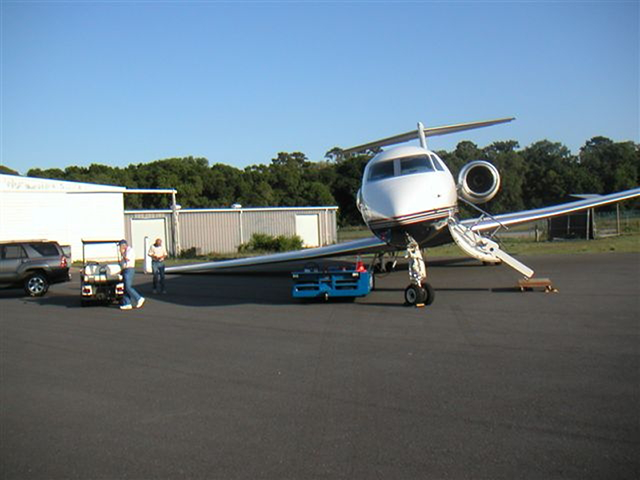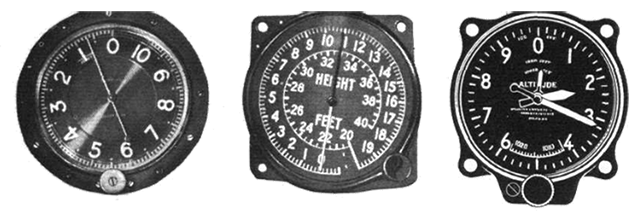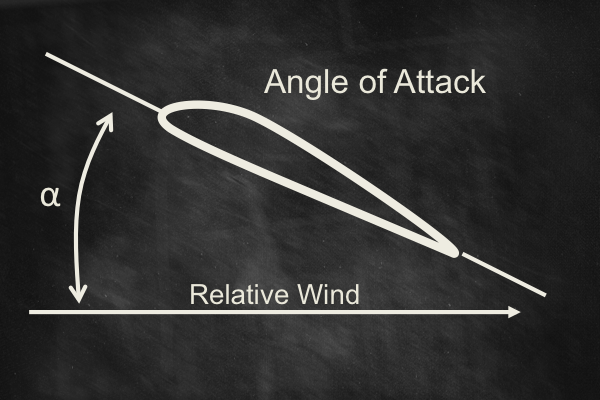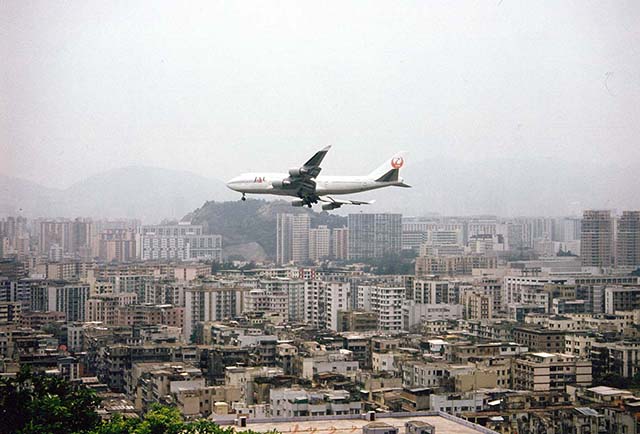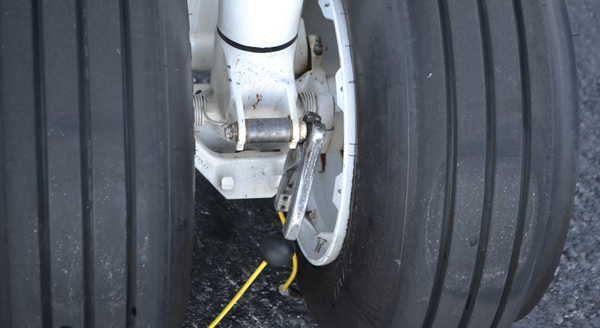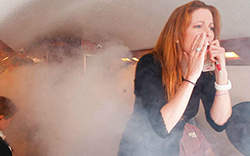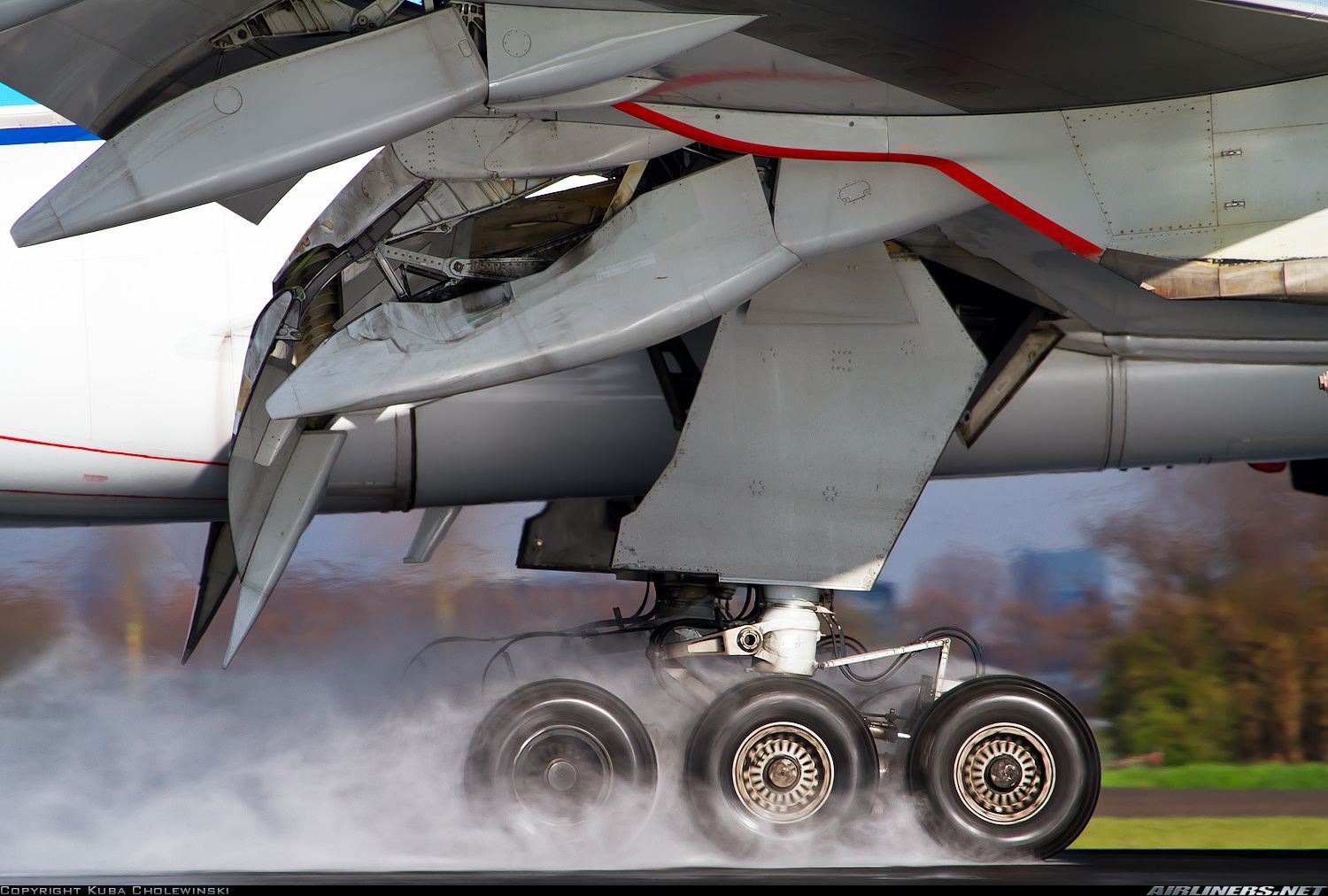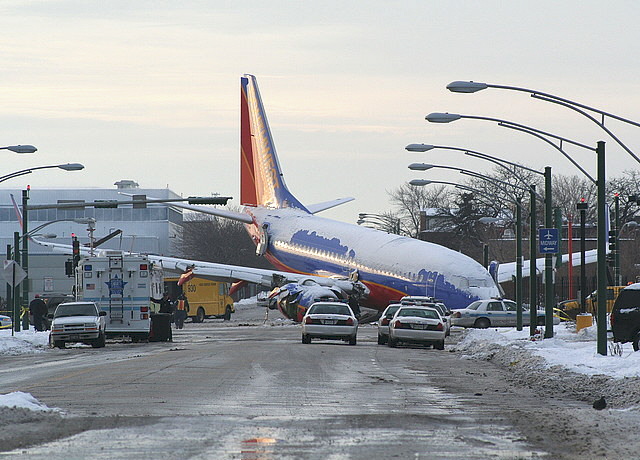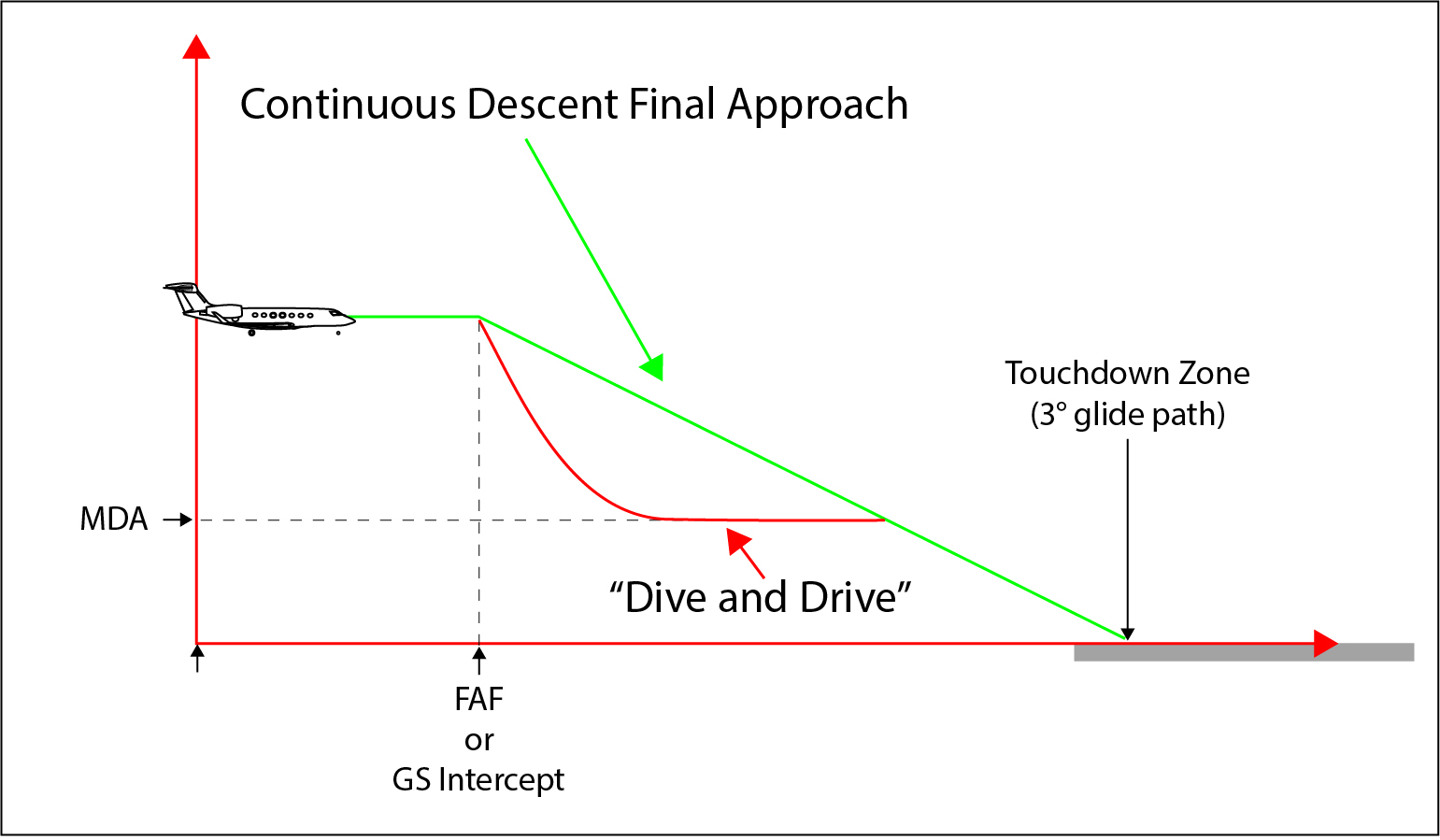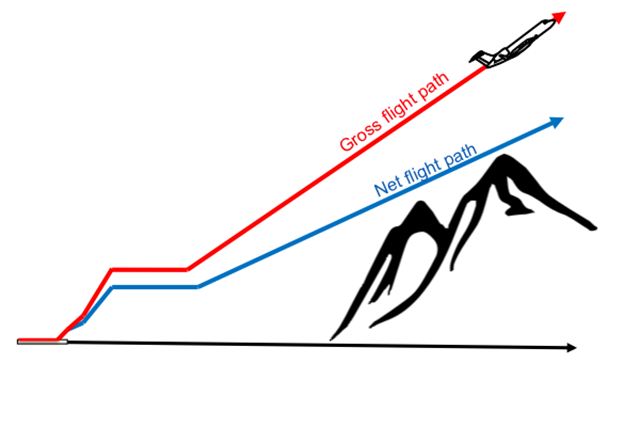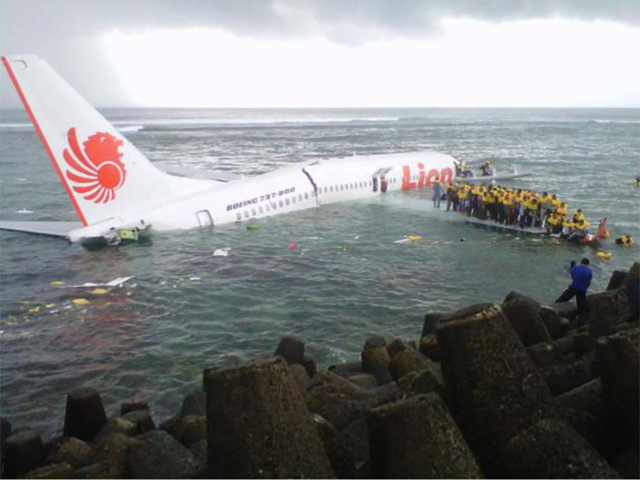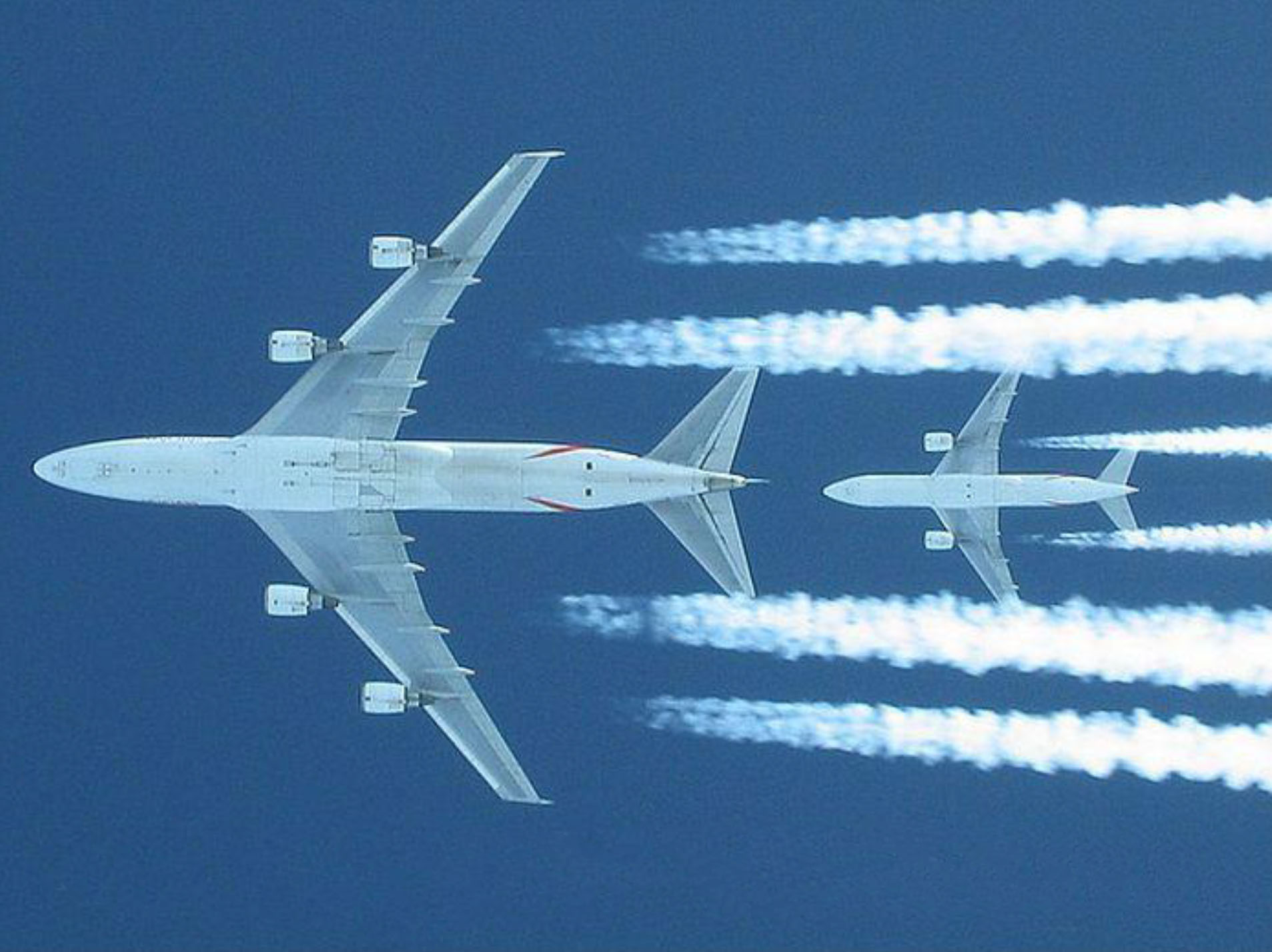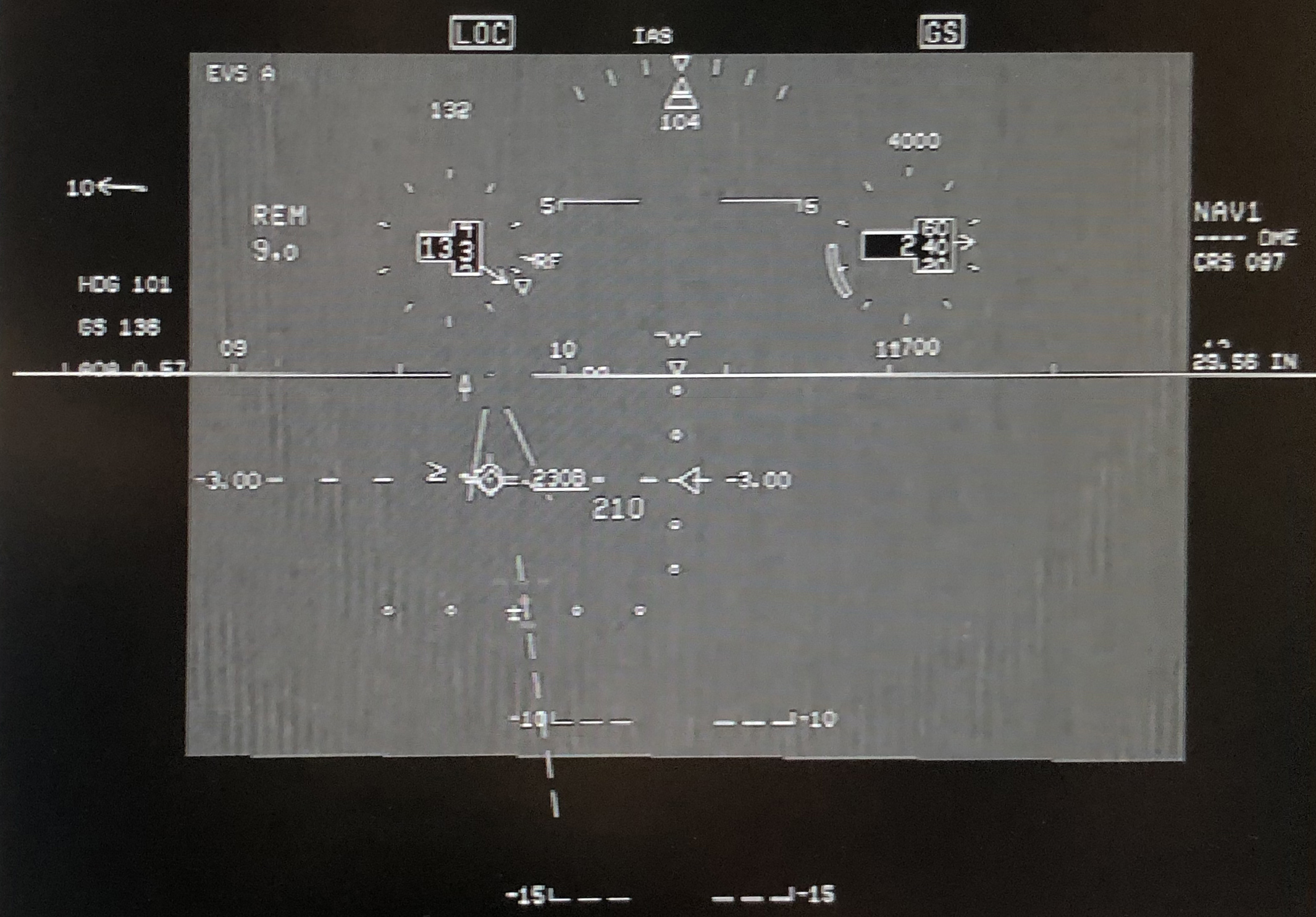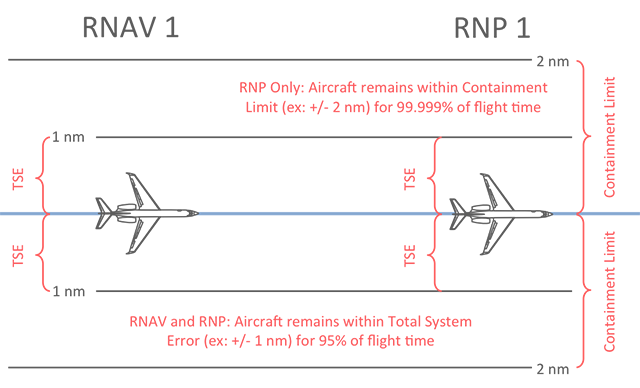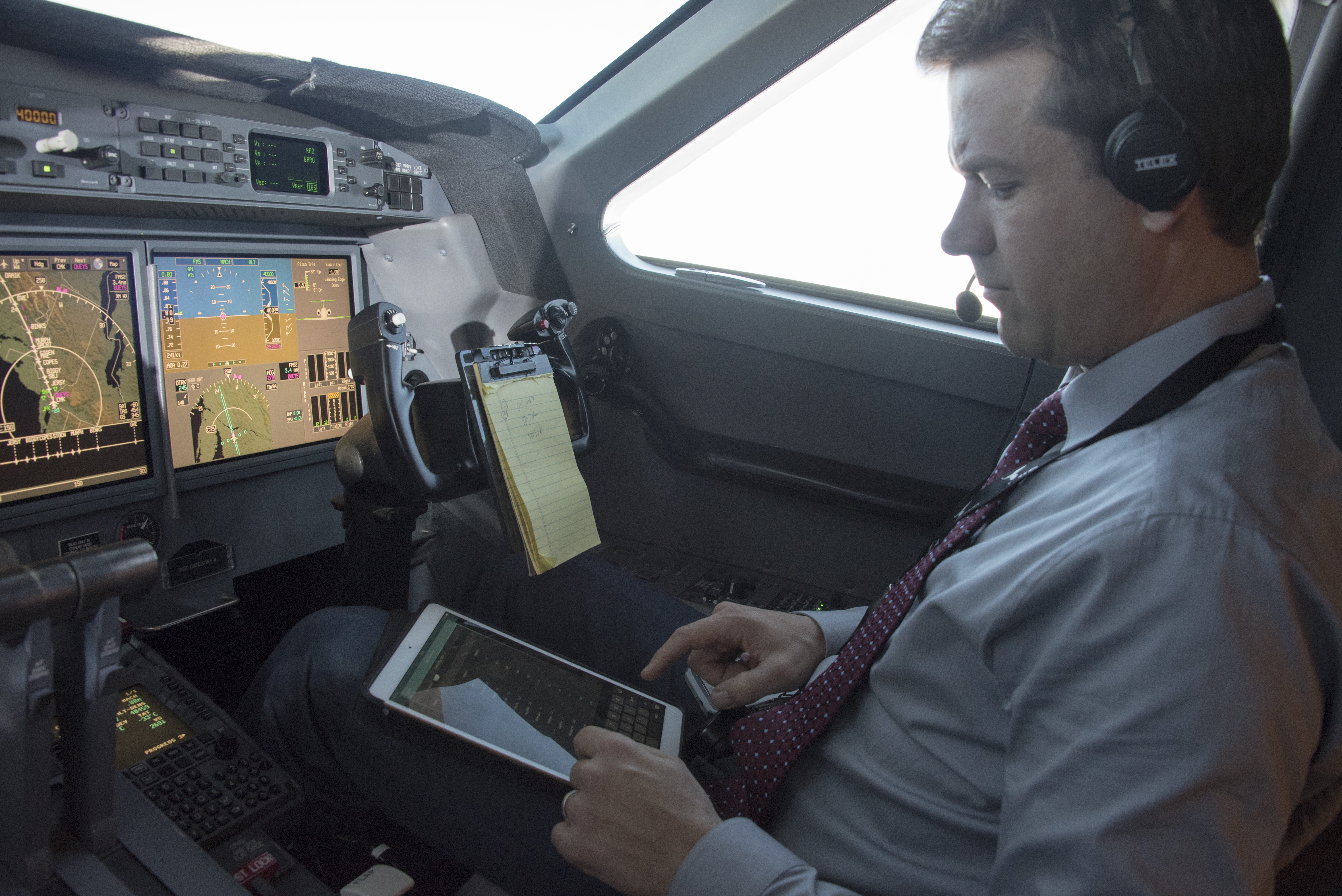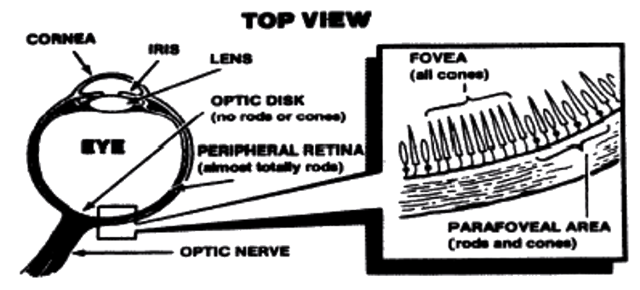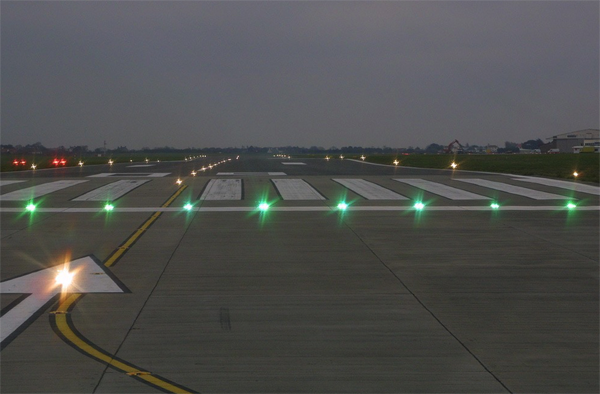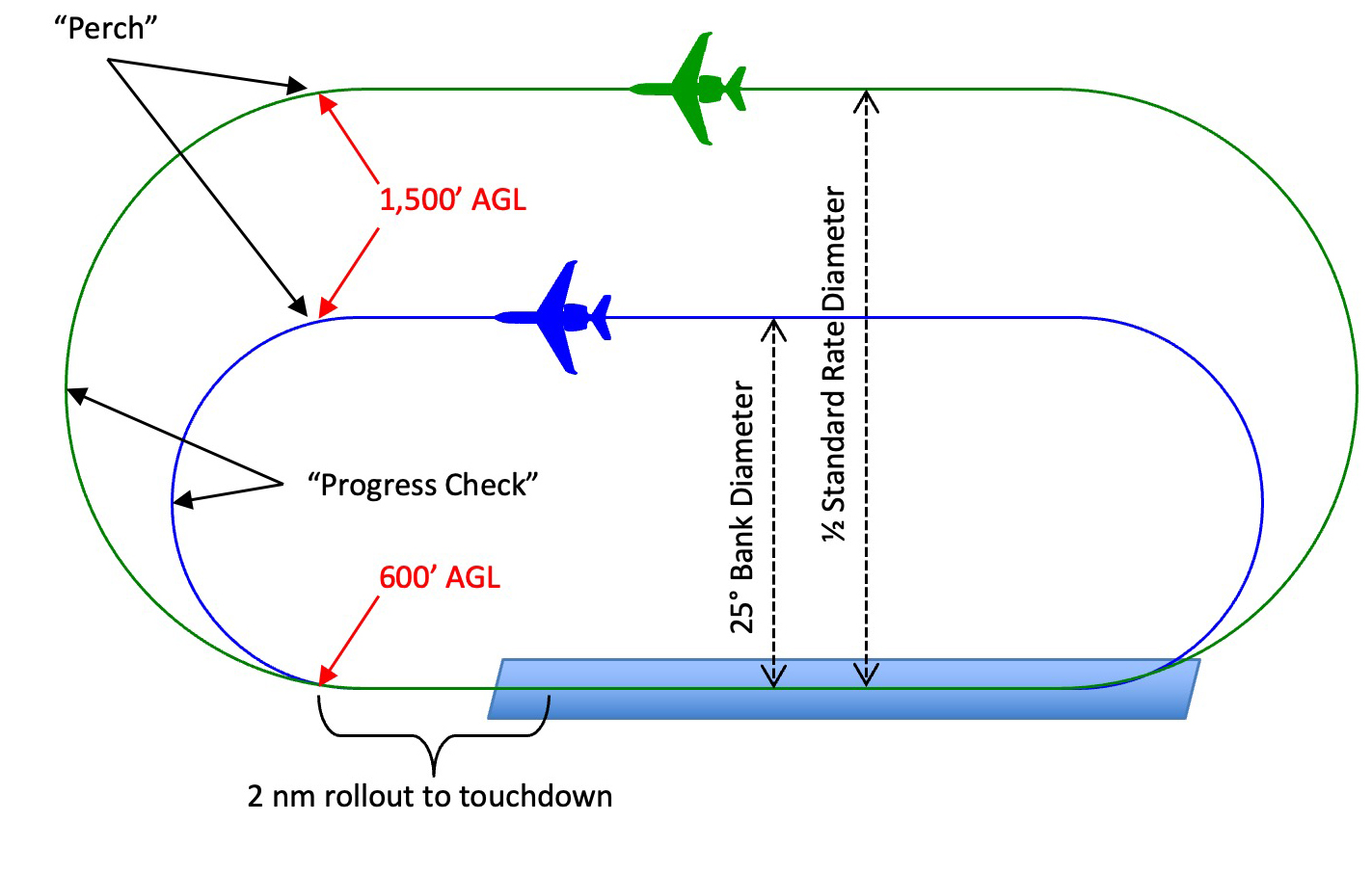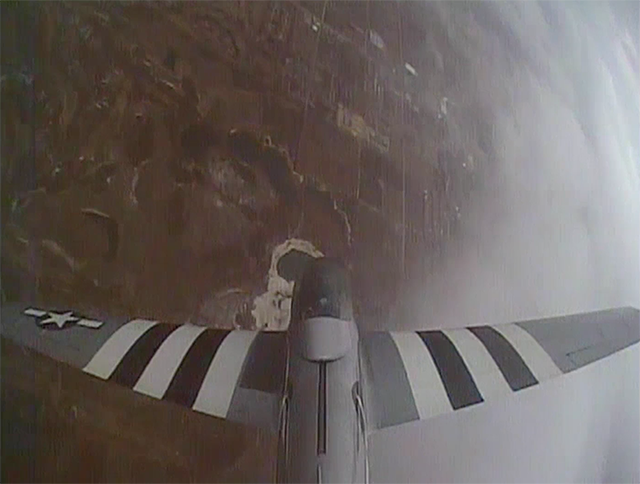We track our currency with dates, numbers of landings and approaches, and have a general sense of how proficient we are. But what about "knowledge proficiency?"
— James Albright

Updated:
2024-09-01
Allow me to offer 25 questions and answers, complete with a link if you need a quick refresher on that particular topic.
2 — Alternate Airports and GPS Approaches
11 — Continuous Descent Final Approach
12 — Departure Obstacle Avoidance
16 — Enhanced Flight Vision System
20 — Performance Based Navigation
21 — Personal Electronic Devices
22 — Physiology (the eye)physiology/eye_anatomy.png

1
ACN/PCN
Question:
If you know a runway can support a Boeing 737, is it safe to assume it can support your Gulfstream G550?
Answer:
No, a fully loaded G550 actually has a higher ACN than does a fully loaded Boeing 737-800.
Bonus question:
How is this possible?
Bonus answer:
The spacing between wheels on the Boeing provide better weight distribution on the pavement.
For more about this:
2
Alternate Airports and GPS Approaches
Question:
Can you file an alternate that depends on a GPS-based instrument approach procedure?
Answer:
Yes, provided you meet the requirements listed in AIM §1-1-17, ¶b.2.(5).
For more about this:
3
Altimetry
Question:
Should cold temperature corrections be made to the altimeter setting or to the altitude flown?
Answer:
In the U.S., pilots must never make an altimeter change to accomplish an altitude temperature correction.
For more about this:
4
Angle of Attack
Question:
What AOA should you expect to see if you are flying at VREF?
Answer:
For most aircraft, which fly VREF at 1.23 stall speed in the landing configuration, a normalized AOA of 0.66 would be normal.
For more about this:
5
Approach Categories
Question:
Now that U.S. circling approach areas have been widened, are U.S. and ICAO approach categories the same?
Answer:
Sort of. The speed ranges for each category are the same but the maximum speed for visual maneuvering under ICAO are significantly higher. Additionally, speed ranges are specified for other segments of the approach
For more about this:
6
Bomb Threats
Question:
Is a bomb threat checklist required by FAA or ICAO regulations?
Answer:
No, but it is recommended.
For more about this:
7
Bonding
Question:
Why is a bond between the fuel truck and a metal bolt on the nosewheel not a good idea?
Answer:
There may be electrical resistance between the bolt and the metal structure containing the fuel, providing a potential for arcing.
For more about this:
8
Cabin Fires
Question:
What should your first priority be once you find out you have a fire in the cabin?
Answer:
Your first priority is to put the airplane on the ground.
For more about this:
9
Carbon-Carbon Brakes
Question:
During which phase of flight (taxi out, takeoff, landing, taxi in) does most brake wear occur?
Answer:
For carbon-carbon brakes, 79% of brake wear occurs during taxi out.
For more about this:
10
Contaminated Runways
Question:
How do the retardation forces of an aircraft’s brakes, reverse thrust, and aerodynamic drag vary with speed?
Answer:
The effectiveness of brakes go up as speed decreases, the effectiveness of reverse thrust and aerodynamic drag go down.
For more about this:
11
Continuous Descent Final Approach
Question:
Is a CDFA preferred, recommended, required, or optional?
Answer:
Preferred by the ICAO, recommended by the U.S., required by the EU and a few other non-EU countries.
For more about this:
12
Departure Obstacle Avoidance
Question:
Under 14 CFR 135, you must clear all obstacles by what margin?
Answer:
By at least 35 feet vertically and 200 feet horizontally within airport boundaries and by at least 300 feet horizontally after passing the boundaries.
For more about this:
13
Ditching
Question:
If you have to ditch the airplane and are able to do so parallel to the swells, should you aim for the top of a swell or the bottom?
Answer:
The top.
For more about this:
14
Drift Down
Question:
Why is an immediate descent not a good idea after losing an engine over an oceanic track?
Answer:
There may be aircraft below you on the same course.
For more about this:
15
Emergencies
Question:
What is the correct terminology when declaring an emergency to Air Traffic Control?
Answer:
ICAO: “Mayday, mayday, mayday.” U.S. FAA: “Emergency”
For more about this:
16
Enhanced Flight Vision System
Question:
Will a Part 91 operation need an LOA to use EVFS for landing?
Answer:
If operating to 100 feet above the Touchdown Zone Elevation, no. If operating to touchdown to rollout, yes.
For more about this:
17
Grooved Runways
Question:
Is a grooved runway effectively dry?
Answer:
No. However, landing distances on a wet, grooved runway a remarkably reduced almost to the point of being dry until the water depth exceed 0.1 inch or if there is any slush.
For more about this:
18
Ground Effect
Question:
Will an aircraft stall at a lower or higher angle of attack when in ground effect?
Answer:
An aircraft will stall at a lower angle of attack when in ground effect.
For more about this:
19
Landing
Question:
Does a VNAV glide path give you the same protection as an ILS or LPV approach?
Answer:
No, the VNAV envelope does not narrow with decreasing altitude, as is true with the ILS or LPV.
For more about this:
20
Performance Based Navigation
Question:
In concept, RNAV is a subset of RNP in actual practice. Are there any exceptions?
Answer:
Yes, RNP-10 is actually another form of RNAV.
For more about this:
21
Personal Electronic Devices
Question:
If you are flying an older airplane that has not been certified by the FAA as “PED Tolerant,” under Part 91, under what conditions can you use an iPad in the cockpit?
Answer:
Unless you have an alternate means of certification, you may only use a PED in the cockpit during cruise flight.
For more about this:
22
Physiology (the eye)
Question:
What is the best eye movement technique when scanning for distant traffic?
Answer:
Locate a distant object within range of the target, attempt to focus on that object, move your eyes to the anticipated location of the target, allow three to five seconds before shifting your focus to the next area.
For more about this:
23
Runway Lighting
Question:
What are the green lights in the image called and are they sufficient as a reference to descend below 100 feet above the touchdown zone elevation on a Category I ILS approach?
Answer:
They are the threshold lights and they are one of several types of light that qualify under 14 CFR 91.175(c)
For more about this:
24
Traffic Pattern Technique
Question:
How much of an overshooting wind should cause you to widen your visual pattern?
Answer:
Above 15 knots you will typically not be able to compensate with bank angle on the base turn and should consider widening your downwind as a result.
For more about this:
25
Unusual Attitude Recovery
Question:
What are two good reasons for unloading the aircraft when recovering from an unusual attitude?
Answer:
It lowers the stall speed and improves the aircraft’s roll rate.

